Articles
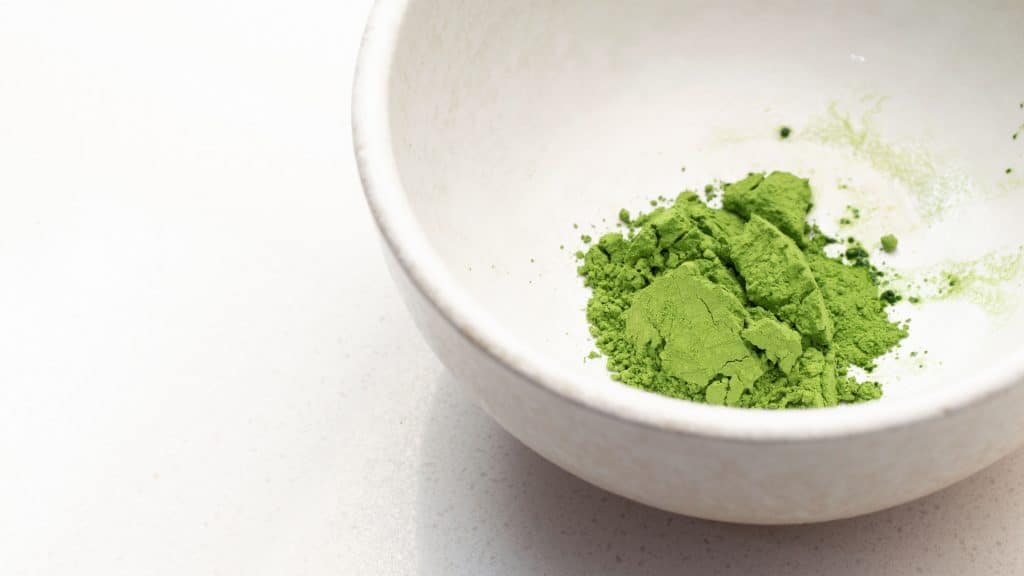
To define matcha, you first need to know that matcha comes from green tea. Matcha which literally means “powdered tea” in Japan...
Read more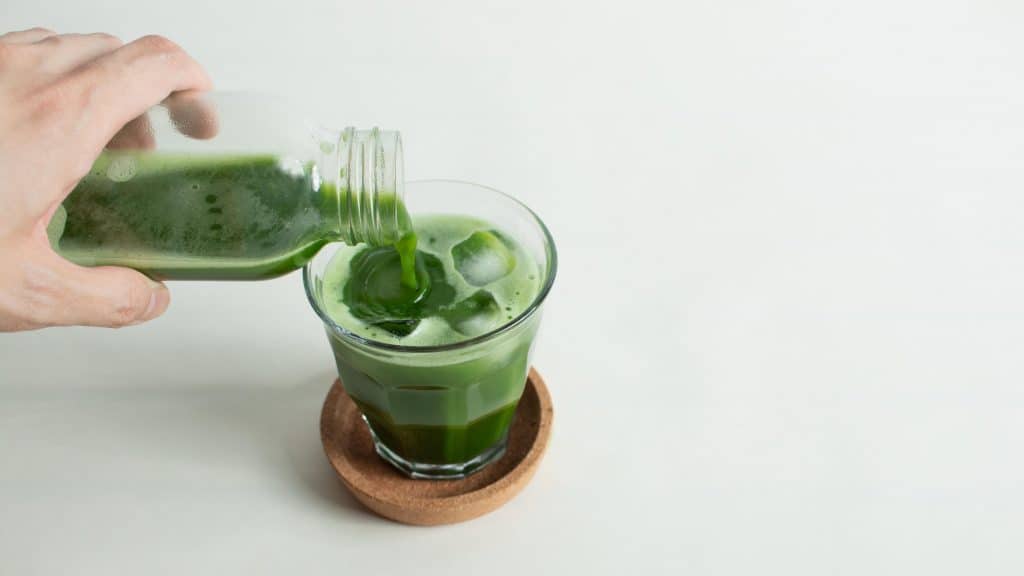
How we should understand matcha health benefits
In recent times, matcha has gained prominence as a “superfood” with many apparent health benefits. Some of these matcha health ...
Read more
Understanding the real difference between ceremonial and culinary grade matcha
Outside Japan, most matcha consumers divide matcha into two types of matcha grades; ceremonial grade matcha and culinary grade ...
Read more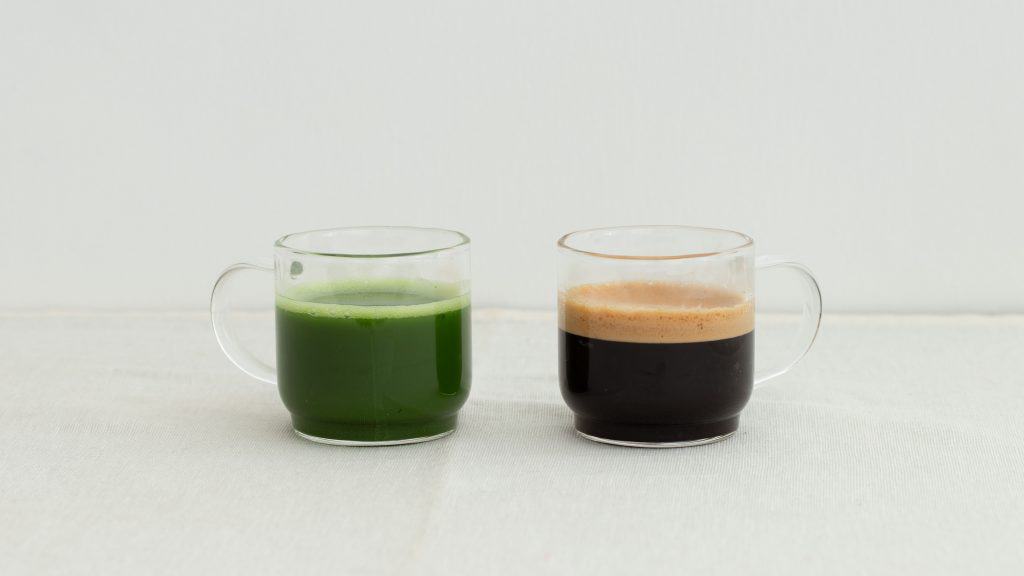
Why the caffeine content in matcha beats coffee
It’s Monday. The weekend was amazing, but now it's time to get back to work. Whether you do so at work or at home, there is the...
Read more
5 common errors people make with matcha and how to solve them (temperature, techniques and more)
As an ingredient, matcha is quite a finicky ingredient. Expose it to light and the atmosphere too long, it will oxidize and los...
Read more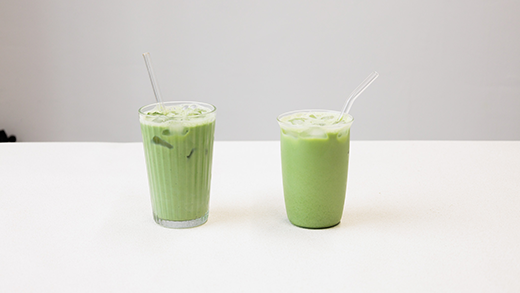
You know those big Venti-sized matcha lattes with whipped cream from Starbucks? They’ve got a lot going on: 43 grams of sugar, ...
Read more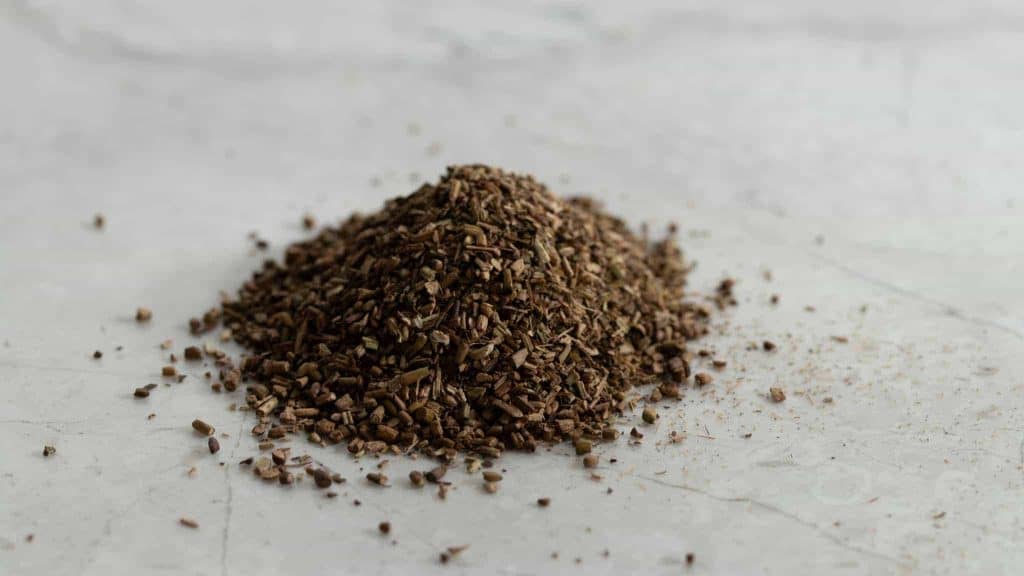
The Ultimate Japanese Hojicha Tea Guide
Though most varieties of Japanese green tea are made from the same tea plant (Camellia sinensis), each holds its own distinctiv...
Read more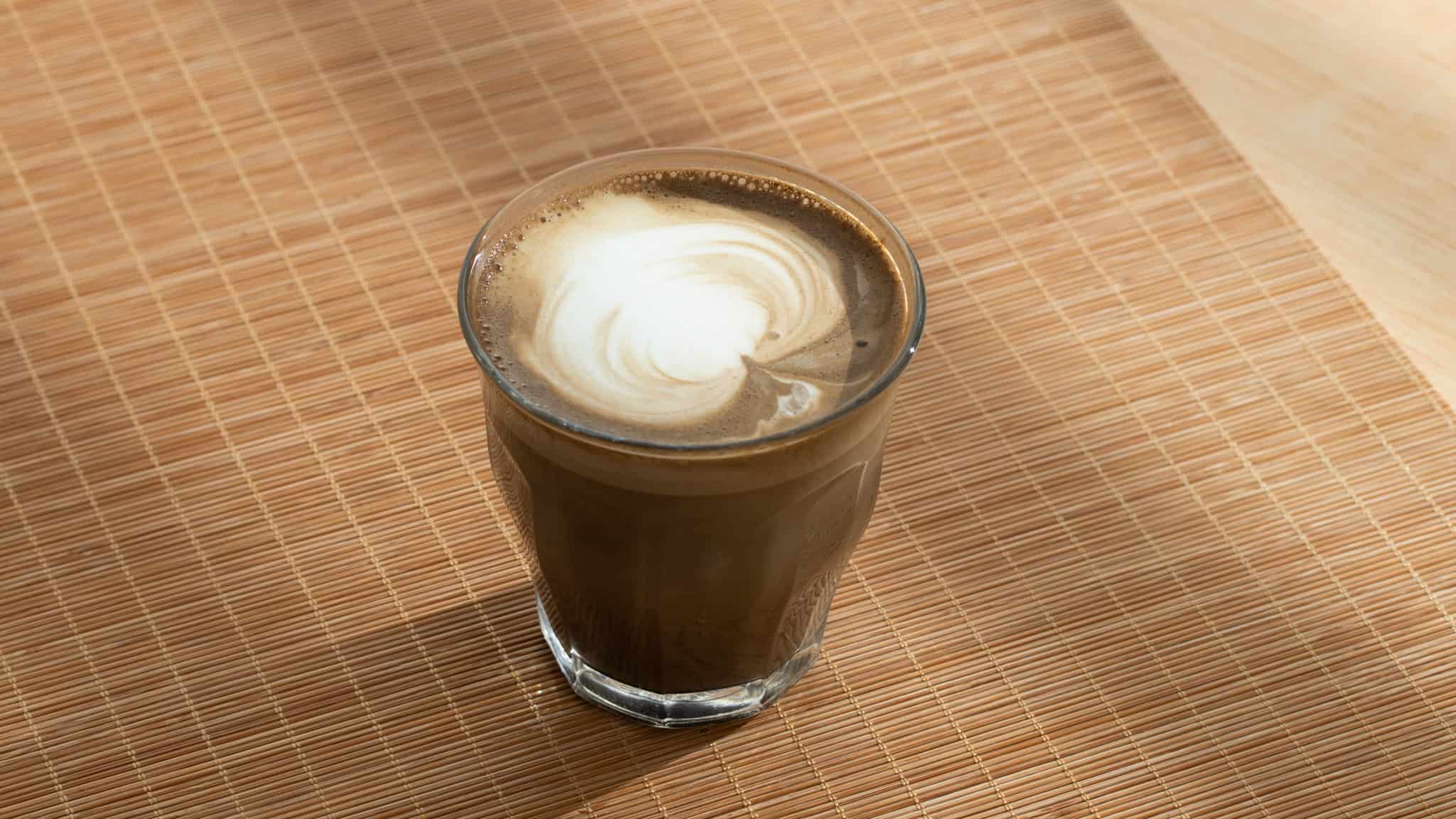
A guide on how to make hojicha latte
If you’re looking for something different than your usual tea that yields a mild grassy note, the Hojicha roasted green tea is ...
Read more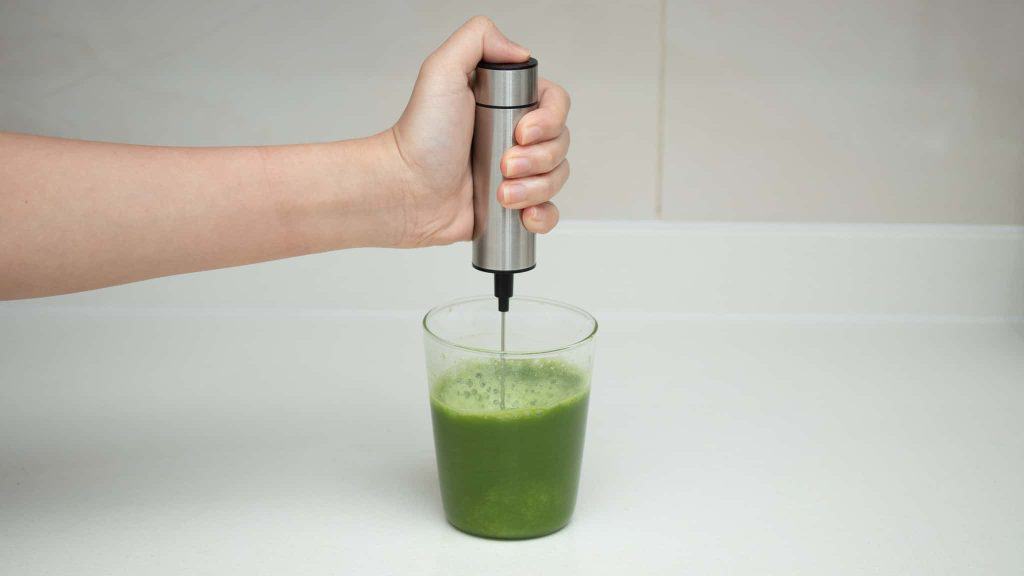
How to make matcha tea without bamboo whisk
If you’re new to matcha, you might think that a chasen (or also known as bamboo whisk) is needed to make matcha tea. Well, that...
Read more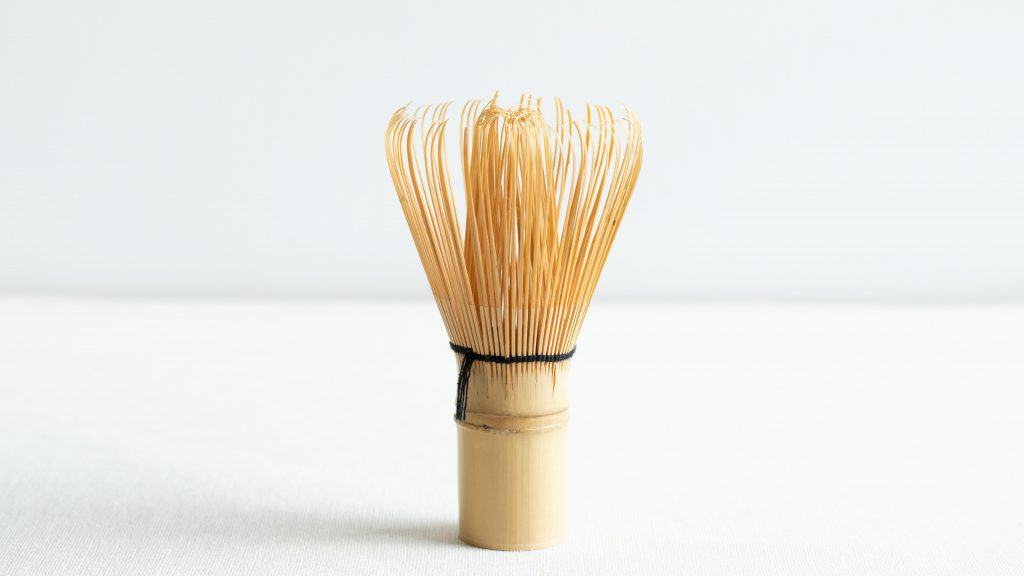
A guide on how to care for bamboo matcha whisk properly
While there are several factors that can affect the taste of your matcha tea, the condition of your matcha bamboo whisk or chas...
Read more